Volcanic Complex in Cabo de Gata
The volcanic complex in Cabo de Gata was formed in the period between 15 and 16 million years ago, and constitutes the emerged part of an extensive submerged magmatic area that extends through the Alboran Sea area. And it is one of the jewels of its Nature.
The rocks that make up the Sierra de Cabo de Gata are very peculiar, since they are magmatic rocks with a volcanic character. They are very different from those of the Betic mountain ranges that surround it, of a metamorphic nature, or those of the coastal depressions of their environment, of a sedentary nature. This circumstance is due to its haphazard geological history, dating back at least 15 million years ago, when the magmatic activity began in the Alboran Sea.
The volcanic rocks of Cabo de Gata constitute, in fact, a small emerged part of a great magmatic area of much greater extension that is currently submerged under the sea. In Cabo de Gata there are, in reality, two volcanic episodes: two large periods of volcanic activity with very different histories.
In fact, the rocks that belong to the first episode, were not even formed where we currently see them, but submerged under the Alboran Sea. Very far from the position in which we find them today. Only the rocks that belong to the second volcanic episode were formed in the position in which we find them today or very close to it. Between both volcanic cycles there was a great period of volcanic inactivity characterized by the calm deposit of marine sediments at the bottom of the basin, which give rise to its current nature.s its own history and by extension, that of the Mediterranean basin.
The first and oldest of the two cycles that took place began about 15 million years ago and lasted until about 9 million years ago. In this period different volcanic episodes would happen.
The volcanoes would occupy most of the sea bottoms of Alboran, so the volcanic rocks were formed in underwater conditions of low explosiveness. While the volcanic episodes of this first cycle were happening, the whole of the crust under the Alborán Sea moved slowly towards the northeast as a consequence of the activity of the great fault of Carboneras.
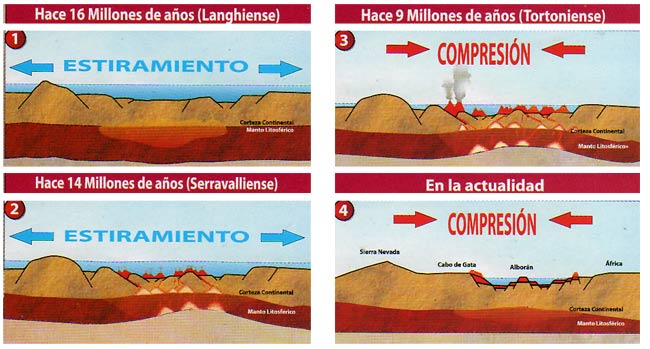
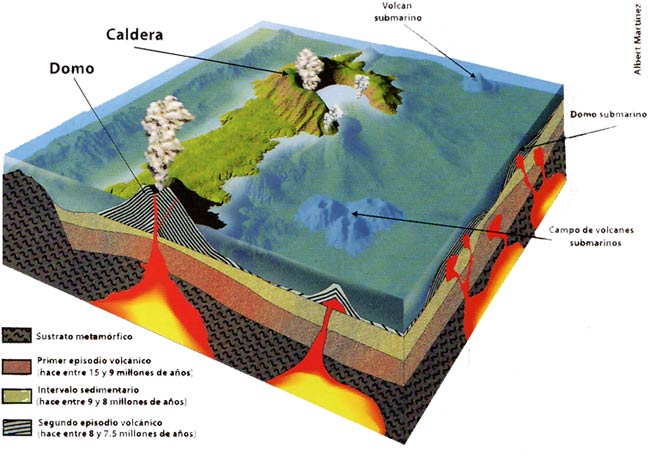
DOMOS AND VOLCANIC BOILERS IN CABO DE GATA
After the first great volcanic episode in Cabo de Gata, which occurred between 15 and 9 million years ago, there is an interval of tranquility marked by the deposition of marine sediments on the volcanic bottoms. Later a second volcanic cycle begins, about 8 million years ago, which lasted until about 7.5. Some volcanic buildings emerge, giving rise to aerial eruptions. Two are the main types of volcanic forms present in Cabo de Gata inherited from this whole process: domes and volcanic boilers
Para conocer más puede visitar la casa de los volcanes

OTHER PROTECTION FIGURES
Special Protection Area for Birds (ZEPA)Humedal of International Importance Las Salinas del Cabo de Gata (RAMSAR) UNESCO Biosphere Reserve
Specially Importance Protected Area in Mediterranean Sea (ZEPIM)
ALL ABOUT CABO DE GATA
1.- Mónsul Beach
2.- Genoveses Beach
3.- El Playazo
4.- El Arco Beach
5.- San José Beach
6.- Agua Amarga Beach
7.-Peñon Blanco Beach 8.- Los Muertos Beach
9.- El Barronal Cove
10.- El Plomo Cove
11.- San Pedro Cove
12.- Los Amarillos Cove
13.- Lance Cove
14.- En medio Cove
15.- Arena Cove
16.- Los Toros Cove
17.- Las Negras Beach
18.- La Media Luna Cove
19.- San Miguel Beach
20.- Rajá Cove
21. La Fabriquilla Beach 22.- Embarcadero de los Escullos Beach
23.-Carnaje Cove
24.- Carboneras Beach
25.- Carbón Cove
26.- Higuera Cove
27.- Grande Cove
28.- Cuervo Cove
29.- Chica Cove
30.- Príncipe Cove 31.- Bergantín Cove -
32.- Las Amoladeras Beach -
33.- La Almadraba Beach
34.-Ancon de Cabo de Gata Beach
35.- El Algarrobico Beach
36.- Torre Garcia Beach





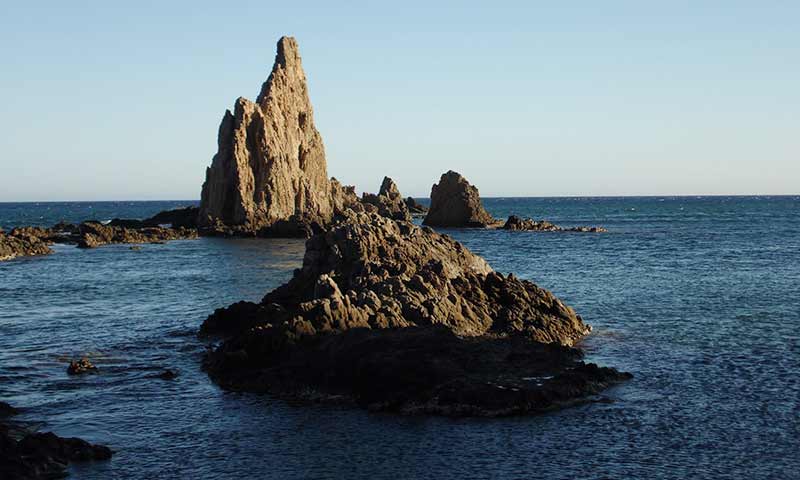
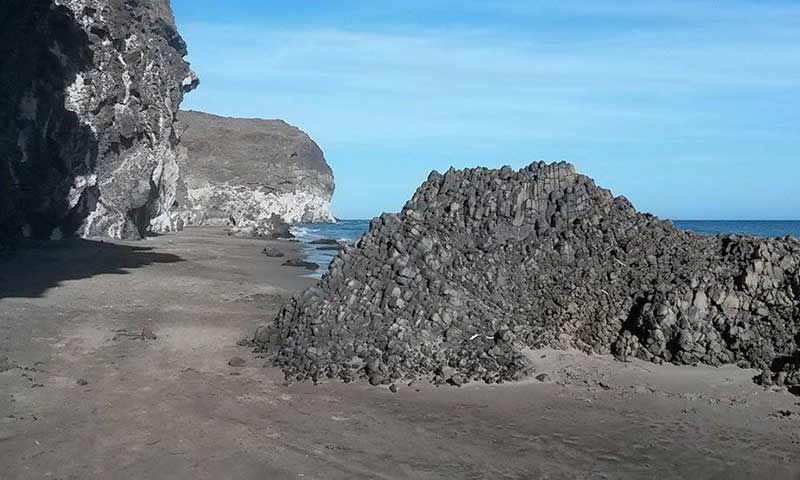
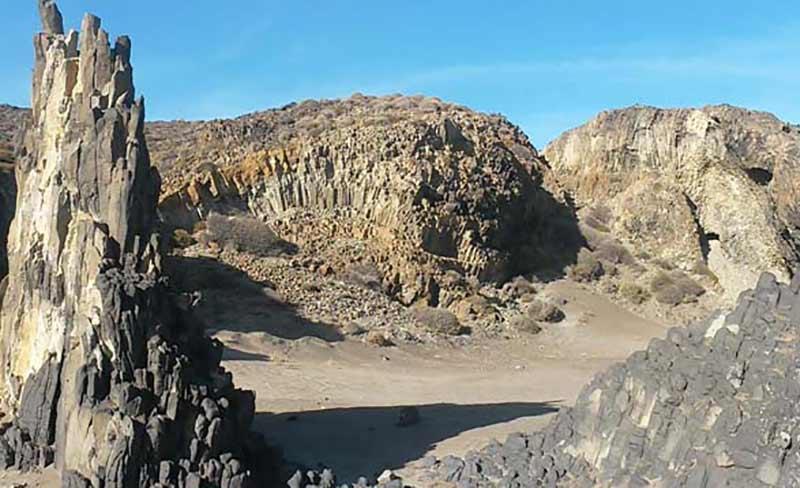
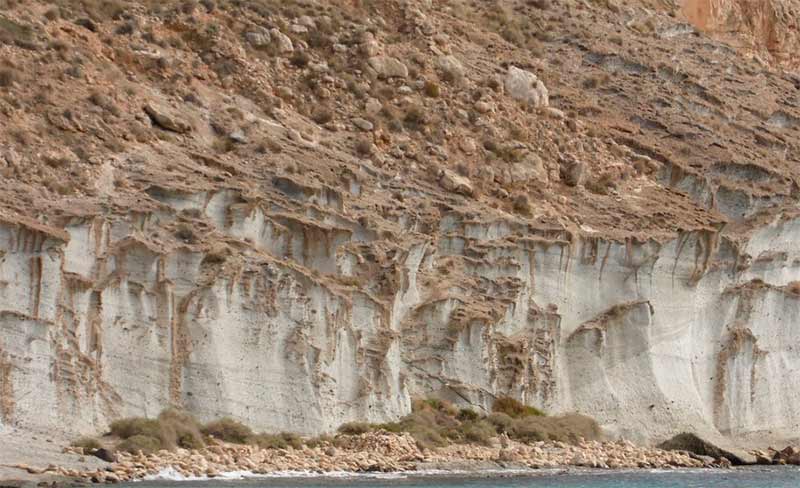
 Web Design
Web Design